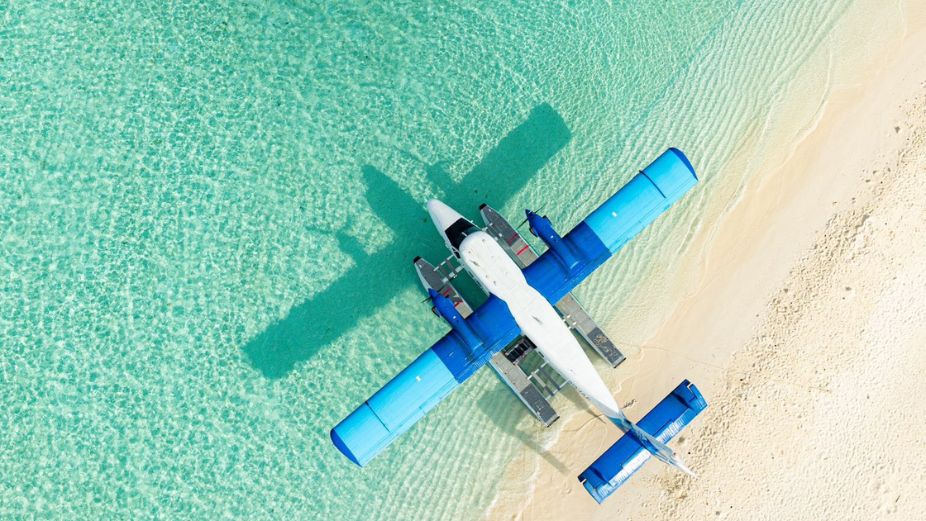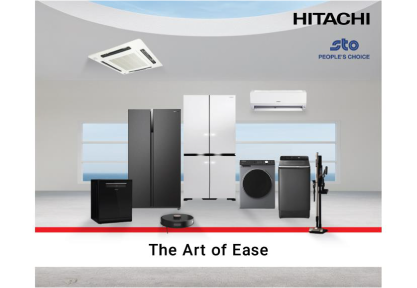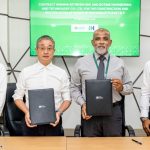
The Maldives Civil Aviation Authority (CAA) has announced a new regulation, MCAR 138C – Requirements for Seaplane Platform License, which will come into effect on 1 May 2025. This regulation replaces the Procedure and Requirements for Licensing Water Aerodromes and Floating Platforms issued in 2009 and aims to set comprehensive standards for site selection, construction, and operational safety for seaplane platforms.
The regulation applies to seaplane platforms and water runways that do not meet the certification criteria for water aerodromes. From May, all seaplane take-offs and landings in the Maldives must occur at licensed platforms or be authorised by the CAA.
Application and Licensing Process
Applicants must submit license applications to the CAA using form MCAA/AD/02, available on its website. The process requires several no-objection letters, including approvals from the Ministry of Tourism, the Environmental Protection Agency (EPA), and relevant councils or resort management. Detailed risk assessments, aerial charts, and training records for seaplane handling agents are also mandatory.
Licenses will be issued to one applicant per lagoon, with inspections funded by the applicant. Valid for a year, licenses can be renewed twice, with renewal requests to be submitted 30 days before expiry.
Platform and Operational Standards
The regulation specifies rigorous standards for water runways, taxi channels, and mooring areas:
- Water Runways: Runways must be at least 60 metres wide and maintain a minimum water depth of 1.8 metres at low tide, except in cases where runway width may be reduced to 30 metres.
- Taxi Channels: These must allow a minimum wingtip clearance of 5 metres and meet similar depth requirements.
- Mooring Areas: Adequate space and water depth must be ensured for peak traffic, with a minimum 5-metre clearance from nearby objects.
Shore facilities, including platforms and ramps, must be designed to prevent damage and facilitate safe boarding and cargo handling. Platforms are required to have secure anchoring, tie-down cleats, and hazard indicators for overhangs.
Safety and Emergency Requirements
Strict safety measures are outlined in the regulation, including:
- Emergency equipment such as life buoys, a 30-metre lifeline, and an emergency box with essential tools.
- An Emergency Response Plan with a maximum response time of three minutes to the designated area.
- Regular operational emergency exercises every three years.
- CAA-approved training for seaplane handling agents, focusing on firefighting and rescue operations.
Passenger transfer vessels (PTVs) must maintain a safe distance of 200 metres during seaplane take-offs and landings.
Additional Responsibilities
Licensees are required to make platforms available to any Air Operator Certificate (AOC) holders with permission and ensure platforms are dismantled within six months if a license is cancelled. Extensions of up to a year may be granted under certain conditions.
The regulation also defines key operational terms such as “Seaplane Platform,” “Water Runway,” and “Seaplane Handling Agent” to standardise understanding and compliance.
By introducing stringent guidelines for seaplane platforms and water runways, the regulation aims to improve safety, operational efficiency, and environmental sustainability in the Maldives’ aviation sector.












